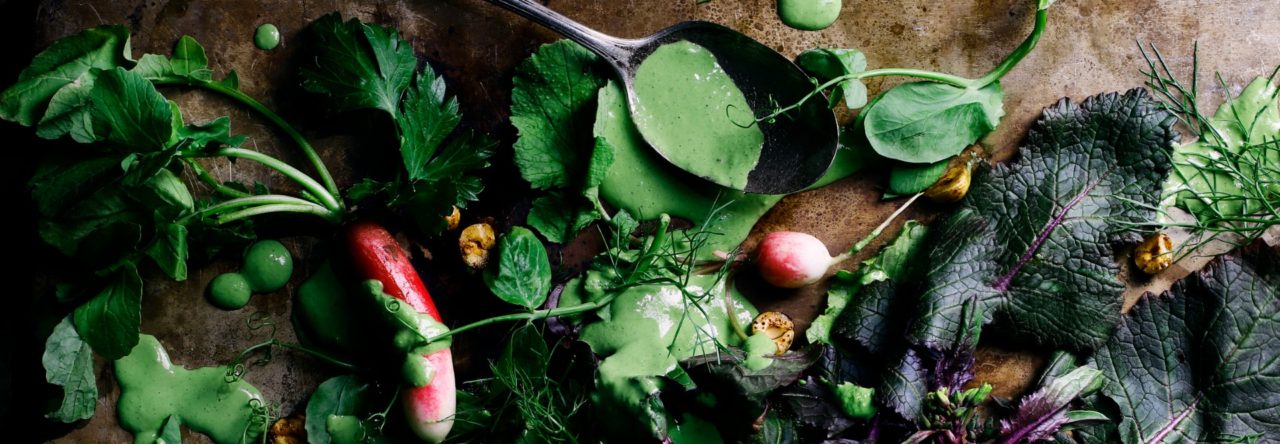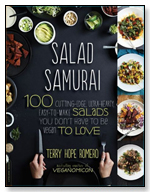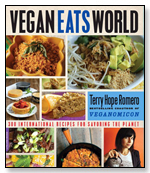
Here she is, my fruitcake endeavor for 2011. From my previous post you know I’ve been dreaming of a tropical fruitcake with Caribbean roots; plenty of rum and the surprising addition of port wine infused this dense and ultra alcoholic treat.
This is a work in progress; next year I will most definitely make this cake again, only with a few changes. The spices and fruits are very appropriate for a December holiday, so this is definitely a once a year dessert monster. With that, my resolutions for next year’s cake:
- Really puree the heck out of the fruit. My urge to Americanize this and leave some chunkiness I think was part of the reason the cake didn’t reach the dark depths I’d hoped for.
- Find commercially made West Indian browning liquid. Or use blackstrap molasses. The homemade stuff was okay, and it did add a special dark caramel nuance, but my cake is just brown, not black as a midwinter sky. For the ease of the recipe below I’ve omitted the part about making your own browning, but if you really insist on it email me and I’ll send you a recipe for making your own burned sugar in the microwave.
- I’m tempted to add a little instant coffee powder to the batter; I love how coffee adds rich color and a nice toasty bitterness that compliments spice and molasses.
- Let the cake sit for a week before eating. A whole week, I know, the torture. But the cake I prepared Friday only became mellow enough to appreciate by late Monday night. Consumed right out of the oven (which we did with one of the cakes), all that alcohol makes it positively aggressive to the bite.
Caribbean Fruitcake Version 1.0
Makes 2 nine inch cakes
Start your soaked fruits at least 10 days in advance; even months if you can plan that far into your baking future. The long soak does indeed make an impact on the quality of the fruit; the longer you leave it alone the more flavorful the fruit becomes.
Tip: My favorite gadget for grating citrus zest is a microplane grater. Use a light hand when grating the lime; you don’t want to grate in too much of the bitter white pith, just the thin green outer edge of the lime peel.
- 1 recipe Wine Drenched Fruit, steeped for at least 10 days
- 1/2 cup orange juice
- ¼ cup ground flax seeds
- 1 1/4 cups dark brown sugar
- 1 1/4 cups almond milk
- 2/3 cup canola oil
- ¼ cup molasses, preferably blackstrap (or organic molasses)
- Grated zest from 1 lime
- 1 tablespoon pure vanilla extract
- 3 1/4 cups all purpose flour
- 1 tablespoon baking powder
- 1 tablespoon ground cinnamon
- 1 tablespoon ground ginger
- 1 1/2 teaspoons ground allspice
- 1 teaspoon salt
- ¼ cup dark rum for brushing
1. Empty the fruit and any juices into a large food processor. Pulse the fruit into a thick paste. Use a rubber spatula to occasionally push around the fruit to insure everything is blended. The paste will be very thick and sticky.
2. Preheat oven to 350 degrees F and cut out two circles of parchment paper to line the bottom of the cake pans. Lightly grease the pans and place parchment paper circle inside the bottom of each pan.
3. In a 4 cup glass measuring cup whisk together the orange juice and flax seeds and set aside for 5 minutes, then whisk in the brown sugar, almond milk, canola oil, molasses, lime zest, and vanilla extract until smooth.
4. In a large mixing bowl sift together all purpose flour, baking powder, cinnamon, ginger, allspice, and salt. Form a well in the center and add half of the liquid mixture. Use a rubber spatula to fold mixture together only until just moistened. Add the pureed fruit and the remaining liquid ingredients and fold again just enough to evenly blend the fruit into the batter. Divide the batter between the two pans, smooth the top and bake for 45 to 50 minutes or until a toothpick inserted into the center of the cakes comes out clean.
5. Allow the cakes to cool in the pan for 25 minutes, then run a knife along the inside edges of the cake. Flip the cakes onto plates, remove the parchment paper and slide onto cooling racks to complete cooling. While the cakes are still warm brush with plenty of rum, flipping the cakes over and brushing the undersides with rum.
6. When the cakes are completely cool, wrap tightly in foil and wrap in plastic or seal in a metal tin. Store in a cool dry place for at least 4 days before slicing and serving.













